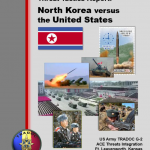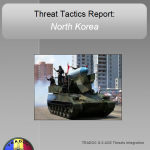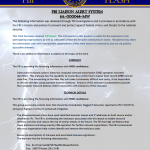Congress has long been concerned about whether U.S. policy advances the national interest in reducing the role of the People’s Republic of China (PRC) in the proliferation of weapons of mass destruction (WMD) and missiles that could deliver them. Recipients of China’s technology reportedly include Pakistan and countries said by the State Department to have supported terrorism, such as Iran. This CRS Report, updated as warranted, discusses the security problem of China’s role in weapons proliferation and issues related to the U.S. policy response since the mid-1990s. China has taken some steps to mollify U.S. and other foreign concerns about its role in weapons proliferation. Nonetheless, supplies from China have aggravated trends that result in ambiguous technical aid, more indigenous capabilities, longer-range missiles, and secondary (retransferred) proliferation. According to unclassified intelligence reports submitted as required to Congress, China has been a “key supplier” of technology, particularly PRC entities providing nuclear and missile-related technology to Pakistan and missile-related technology to Iran.
Read more →



